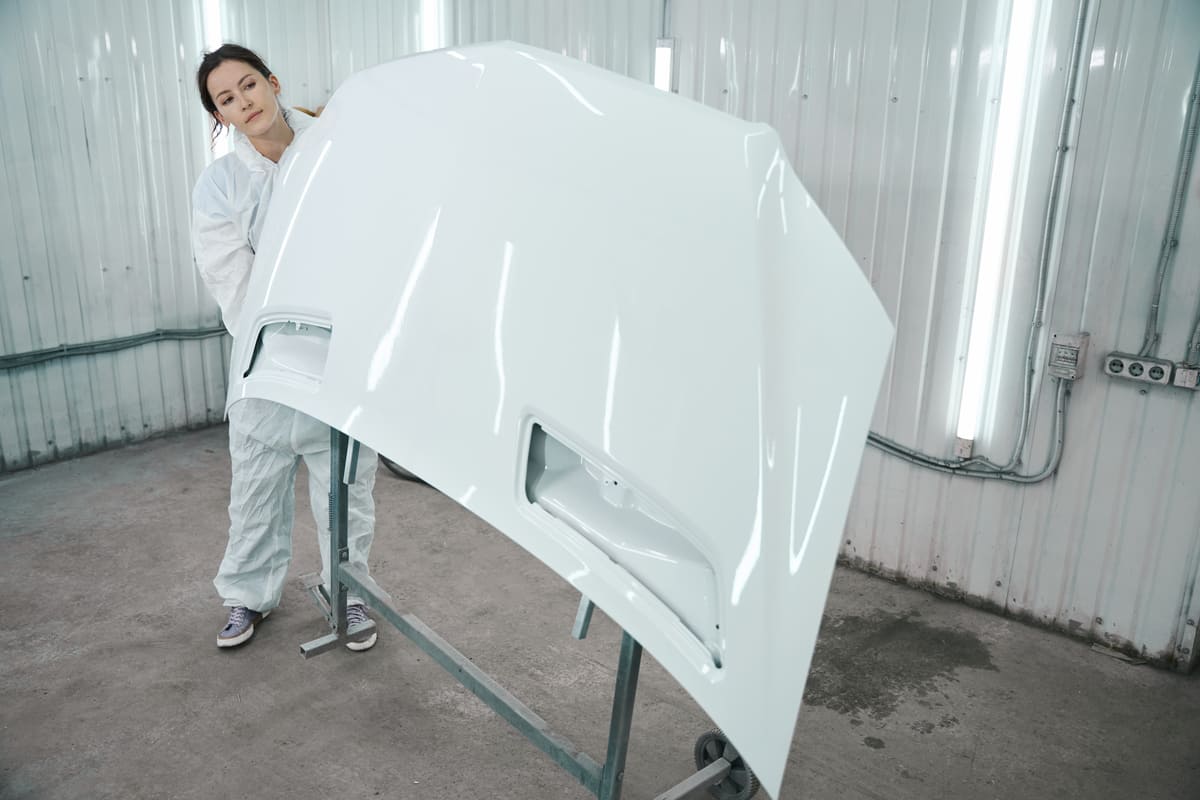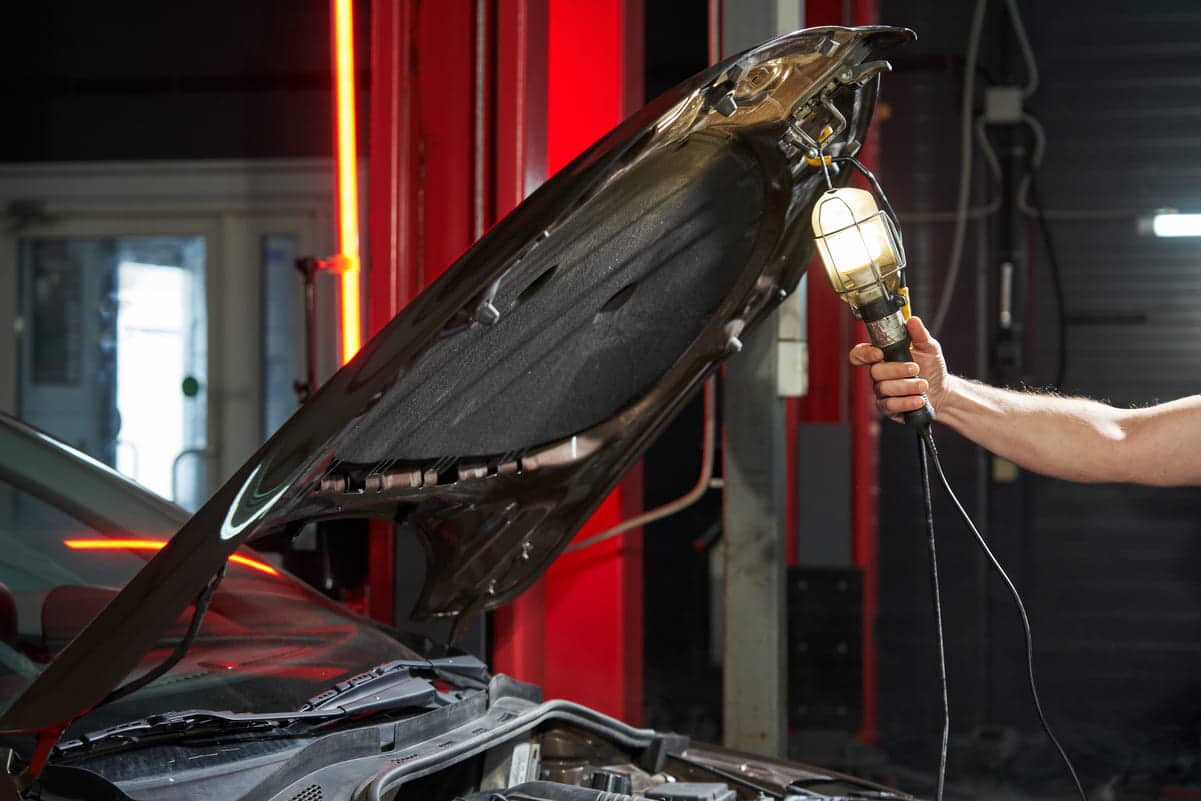The car hood is a key part of the car, a secure closure for the engine bay. It’s built for durability and style and contributes to the car’s overall performance and looks while protecting the under-hood bits.
What Is a Car Hood?
A hood is a hinged panel that covers the engine bay. It’s for access to maintenance and repairs. Manufacturers make hoods from steel, aluminum or composite materials.
Besides protecting the engine the hood improves the vehicle’s aerodynamics. This reduces drag and improves fuel economy. The hood also contributes to the car’s overall look.
Hood designs vary by vehicle type and brand. Some have air vents or scoops for better engine cooling. Others have extra insulation to reduce engine noise.
Opening the hood is easy: usually, you pull a release lever inside the car and then lift a secondary latch under the hood’s front edge. Many cars have hydraulic struts or a prop rod to hold the hood open.
References
- Car Hood: What It Is and Its Importance. Kelley Blue Book. Retrieved from https://www.kbb.com/what-is/car-hood/
- Hood (car). Wikipedia. Retrieved from
What are the Different Shapes of Car Hoods?
Motor vehicle hoods come in many shapes, each for a purpose. Here are some:
- Flat Hood: This is the most basic shape. It’s sleek and easy access to the engine. Common in sedans and SUVs.
- Cowl Induction Hood: Has a raised section near the . It channels more air into the engine bay for better performance. Used in muscle cars and high performance vehicles.
- Ram Air Hood: Has functional air scoops that direct air into the engine. This improves engine power and cooling. Popular in sports cars and racing vehicles.
- Vented Hood: Has openings or slits to release hot air from the engine bay. Prevents overheating. Common in high performance and modified cars.
Each shape serves a purpose, both functional and visual.
References
- An Example of Car Bonnet. ResearchGate. Retrieved from

How Many Types of Car Hoods?
Car hoods come in different types, each with its own features. Here are the 4 main types of car hoods:
- Carbon Fiber Hood: Carbon fiber hoods are light and strong. Popular among performance cars to reduce overall weight.
- Cowl Induction Hood: Cowl hoods have a raised center section. This provides more clearance and better airflow for better engine performance.
- Steel Hood: Steel hoods are tough and protects against impacts and debris. But adds more weight to the car compared to other materials.
- Fiberglass Hood: Fiberglass hoods is a balance of strength and weight savings. Popular among car enthusiasts who want durability without extra weight.
References
- Hood Scoop Types. CJ Pony Parts. Retrieved from
What is the Purpose of a Car Hood?
The car hood is important for the and performance of many components in the car. Its purpose includes:
- Protection of Components: The hood protects essential components like the engine from external damage and debris. This ensures the longevity and functionality of these parts.
- Reduces Air Resistance: The hood reduces drag by smoothing airflow over the car. This improves fuel economy and aerodynamics.
- Reduces Engine Noise: Sound-deadening materials in the hood reduce engine noise. This makes the overall driving experience better by reducing cabin noise.
- Heat Dissipation: Ventilation in the hood helps in heat dissipation. This prevents overheating and optimizes automotive engine performance.
- Access to Engine: Hinged at the front the hood gives easy access to the engine bay. This allows for regular inspections, repairs, and maintenance.
References
- What is a Car Bonnet?. Digit Insurance. Retrieved from
What are Car Hoods Made of?
Car hoods are made from:
- Carbon Fiber: Car hoods are made from carbon fiber. This material is strong but requires extra processing costs.
- Steel: Steel is a popular choice for car hoods because of its long history of use in engineering applications including cars.
- Fiberglass: Although less durable, fiberglass is still used for car hoods. Higher quality ones minimize safety risks and offer weight savings.
- Aluminum: Aluminum is often underrated for its strength. It’s durable, rust-resistant and light. This makes it a viable option for car hoods.
Understanding the various materials used in car hoods is essential for maintaining car performance, safety, and visual appeal. Each material serves a unique purpose in modern automobiles.
References
- Carbon Fiber vs. Steel Car Bonnets. Blits Bonnets. Retrieved from https://www.blitsbonnets.com.au/carbon-fiber-vs-steel-car-bonnets/


